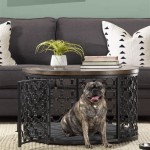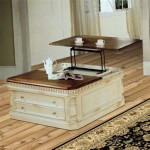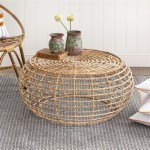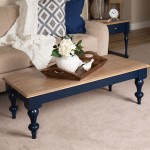Standard Coffee Table Book Size
Coffee table books, known for their visual appeal and large format, serve as decorative and informative additions to living spaces. While there is no single universally mandated size for these books, certain dimensions are considered standard within the publishing and bookselling industries. Understanding these standard sizes aids in both the creation and selection of coffee table books.
The most commonly encountered coffee table book sizes fall within the range of 10x10 inches to 12x12 inches. These dimensions offer a substantial surface area for showcasing photography, artwork, and other visual content while remaining manageable for display and browsing.
Rectangular formats are also prevalent, with common sizes including 9x12 inches, 10x13 inches, and 11x14 inches. These proportions provide a slightly different visual dynamic and can be particularly well-suited to landscapes, portraits, and subjects that benefit from a horizontal or vertical emphasis.
Larger formats, such as 13x13 inches and above, exist, offering a more immersive visual experience. However, these oversized books require more display space and can be less practical for handling and storage. They are often reserved for special editions, collector's items, or subjects with exceptional visual detail.
The choice of a specific size is influenced by several factors. The nature of the content plays a significant role. For example, a book showcasing intricate architectural details might benefit from a larger format to allow for greater clarity and impact. Conversely, a collection of smaller photographs or illustrations might be effectively presented in a more compact size.
Production costs are another important consideration. Larger books require more materials and specialized printing processes, leading to higher production expenses. Publishers weigh these costs against the desired visual impact and target market when determining the optimal size for a given project.
Practical considerations, such as shelf space and ease of handling, also influence size decisions. A book that is too large or heavy might prove cumbersome for readers and difficult to accommodate within a typical living room setting. Publishers strive to find a balance between visual impact and practicality.
Beyond the physical dimensions, the aspect ratio, the proportional relationship between the width and height, also contributes to the overall aesthetic of a coffee table book. A square format (1:1 aspect ratio) conveys a sense of balance and stability, while rectangular formats (e.g., 2:3, 3:4) offer a more dynamic and directional feel. The choice of aspect ratio often depends on the specific content and the desired visual impact.
In addition to the standard sizes mentioned, custom sizes are also possible. These are typically employed for special projects or limited editions where a unique format enhances the presentation of the content. However, custom sizes often entail higher production costs and logistical challenges.
The binding method also influences the overall size and feel of a coffee table book. Common binding methods include case binding, perfect binding, and lay-flat binding. Case binding, often used for high-quality books, allows the pages to lie flat when open, enhancing the viewing experience for double-page spreads. Perfect binding, a more economical option, is suitable for books with fewer pages. Lay-flat binding, as the name suggests, ensures that the pages lie completely flat, making it ideal for showcasing panoramic images and detailed artwork.
The paper stock also plays a role in the final dimensions and weight of the book. Thicker paper stocks contribute to a more substantial and luxurious feel but also increase the overall thickness and weight. The choice of paper stock depends on factors such as the printing process, the type of imagery, and the desired aesthetic.
The design of the cover, including the use of dust jackets or slipcases, can also marginally affect the overall size. Dust jackets typically add a few millimeters to the width and height, while slipcases can add a more substantial amount depending on their design and construction.
While understanding standard coffee table book sizes provides a useful framework, it's important to recognize that these are guidelines rather than strict rules. The ultimate choice of size depends on a complex interplay of factors, including content, budget, practical considerations, and aesthetic goals. By carefully considering these factors, publishers and creators can ensure that the physical format of the book effectively complements its content and enhances the reader's experience.

Coffee Table Book Printing

Perfect Coffee Table Book

Book Bound Hard Cover Professional Coffee Table Photo With Frosted Plastic Case Asabook

Design A Coffee Table Book Art Printninja Com

20240703 Julyblogimages V1 Trims Gif

Coffee Table Book Printing

Design A Coffee Table Book Made Simple

Oh How To Make A Coffee Table Book And Publish It Design Studio

List Of Book Sizes Standard For All Diffe Self Published Books

Book Sizes And Why They Matter Preflight Books
Related Posts








